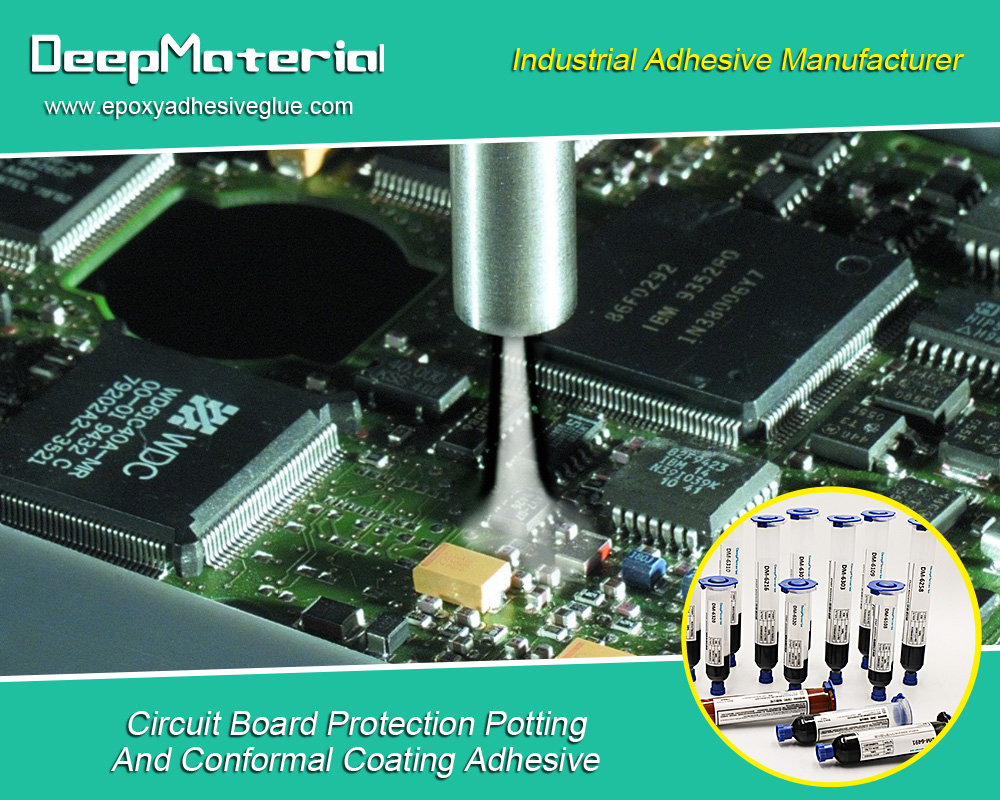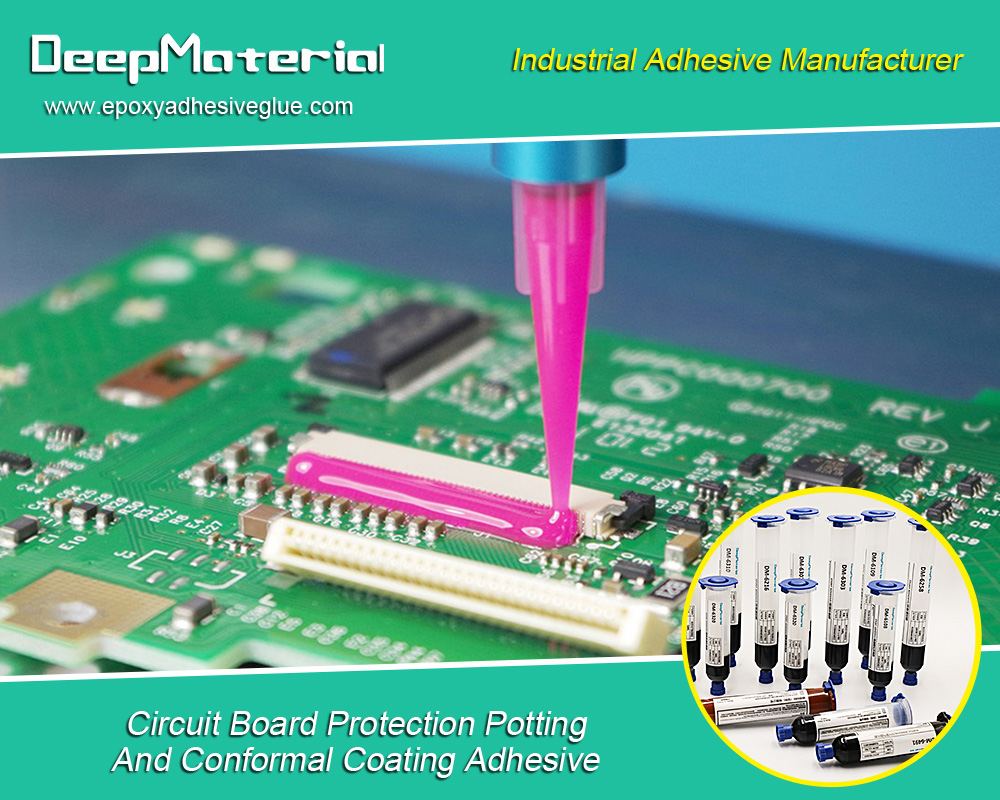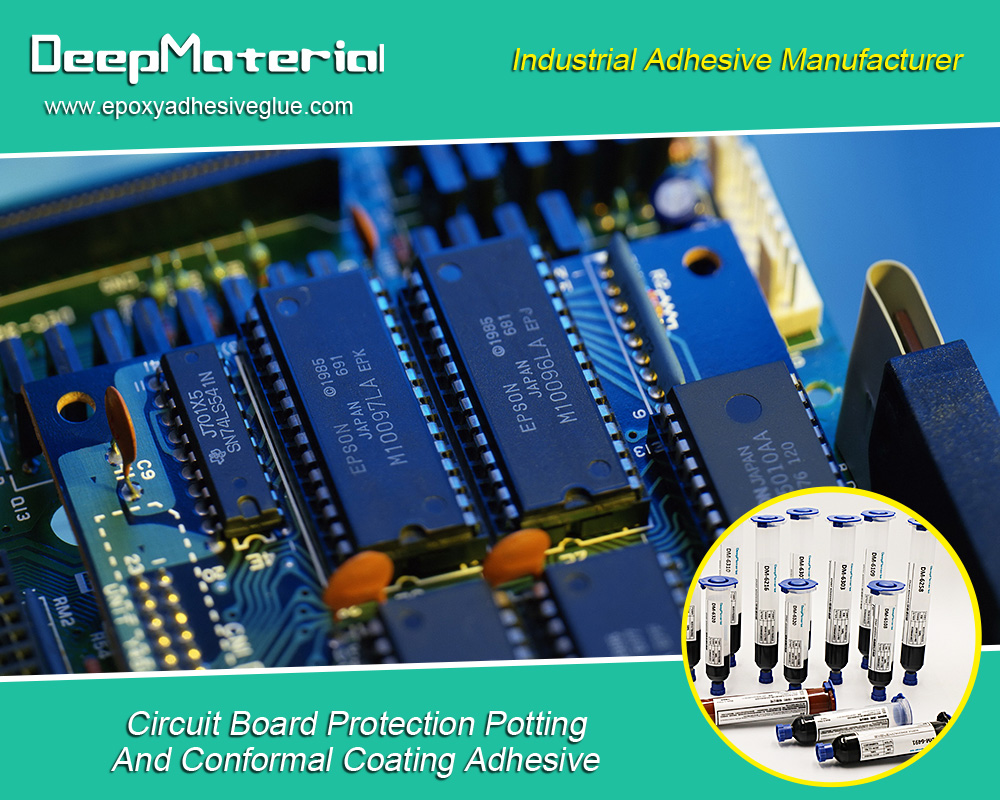How to Remove Epoxy Glue from Plastic: A Comprehensive Guide
How to Remove Epoxy Glue from Plastic: A Comprehensive Guide
Epoxy glue is a highly durable and versatile adhesive used in numerous applications, from household repairs to industrial uses. Its strong bonding properties make it a favorite among DIY enthusiasts and professionals. However, these same properties can pose a significant challenge when epoxy glue inadvertently comes into contact with plastic surfaces. Removing epoxy glue from Plastic requires a careful approach to avoid damaging it while effectively breaking down the glue. This comprehensive guide will walk you through various methods and tips for removing epoxy glue from Plastic, ensuring you can tackle this common problem with confidence and ease.
Understanding Epoxy Glue and Plastic
The Composition of Epoxy Glue
Epoxy glue is a two-part adhesive consisting of a resin and a hardener. These components undergo a chemical reaction when mixed when mixed, creating a robust and durable bond. Epoxy adhesives are known for their high strength, chemical resistance, and ability to adhere to various materials, including metal, wood, glass, and plastics.
Types of Plastic and Their Sensitivity
Plastic is a broad term encompassing a variety of synthetic materials with differing properties. Common types of Plastic include:
- Polyethylene (PE)is used in plastic bags and bottles and is known for its flexibility and chemical resistance.
- Polypropylene (PP): Found in containers, automotive parts, and textiles, known for its toughness and resistance to fatigue.
- Polystyrene (PS): Used in packaging, disposable cutlery, and insulation, known for its rigidity and brittleness.
- Polyvinyl Chloride (PVC): Used in pipes, vinyl flooring, and medical devices, known for its durability and chemical resistance.
- Acrylic (PMMA): Used in lenses, displays, and aquariums, known for its clarity and resistance to UV light.
Each type of Plastic reacts differently to solvents and chemicals, so it is crucial to identify the type of Plastic before attempting to remove epoxy glue.

Safety Precautions
Before starting the removal process, it is essential to prioritize safety. Working with solvents and chemicals can pose risks, so take the following precautions:
- Wear Gloves: Protect your hands from chemicals and avoid direct skin contact.
- Use Safety Goggles: Shield your eyes from potential splashes.
- Work in a Well-Ventilated Area: Ensure proper airflow to avoid inhaling fumes from solvents like acetone or isopropyl alcohol.
- Read Labels: Follow the safety instructions and recommendations on chemical product labels.
Methods for Removing Epoxy Glue from Plastic
Method 1: Using Acetone
Acetone is a powerful solvent that can effectively break down epoxy glue. However, it can also be harsh on some types of Plastic, so proceed cautiously.
Materials Needed:
- Acetone or nail polish remover containing acetone
- Cotton balls or soft cloth
- Plastic scraper or old credit card
- Warm, soapy water
- Soft cloth for drying
Steps:
- Test a Small Area: Apply a small amount of acetone to an inconspicuous area of the Plastic to check for any adverse reactions.
- Soften the Glue: Moisten a cotton ball or cloth with acetone and gently rub it over the epoxy glue. Allow the acetone to sit on the glue for a few minutes to soften it.
- Scrape Off the Glue: Use a plastic scraper or old credit card to lift and remove the softened glue carefully. Avoid using metal tools to prevent scratching the Plastic.
- Repeat if Necessary: If the glue is stubborn, repeat the process until most of the epoxy is removed.
- Clean the Area: Wash the plastic surface with warm, soapy water to remove residual acetone and glue remnants.
- Dry the Surface: Wipe the area with a soft cloth to dry it thoroughly.
Method 2: Using Isopropyl Alcohol
Isopropyl alcohol is less aggressive than acetone and can be a safer alternative for more sensitive plastics.
Materials Needed:
- Isopropyl alcohol (70% or higher)
- Cotton balls or soft cloth
- Plastic scraper or old credit card
- Warm, soapy water
- Soft cloth for drying
Steps:
- Test a Small Area: Apply isopropyl alcohol to a hidden part of the Plastic to ensure it does not cause damage.
- Apply Alcohol to the Glue: Moisten a cotton ball or cloth with isopropyl alcohol and dab it onto the epoxy glue. Allow it to sit for a few minutes to penetrate the glue.
- Scrape Off the Glue: Use a plastic scraper or an old credit card to remove the softened glue gently. Be patient and work slowly to avoid damaging the Plastic.
- Clean the Residue: Continue applying isopropyl alcohol and scraping until all traces of the glue are gone.
- Wash and Dry: Clean the area with warm, soapy water and dry it with a soft cloth.
Method 3: Using White Vinegar
White vinegar is a natural and less toxic alternative to chemical solvents. It may be less effective on solid epoxy bonds but can work on more minor or less stubborn spots.
Materials Needed:
- White vinegar
- Cotton balls or soft cloth
- Plastic scraper or old credit card
- Warm, soapy water
- Soft cloth for drying
Steps:
- Soak a Cloth in Vinegar: Saturate a cloth with white vinegar and place it over the epoxy glue.
- Let It Sit: Allow the vinegar-soaked cloth to sit on the glue for several hours, or even overnight, to soften the epoxy.
- Scrape Off the Glue: Use a plastic scraper or old credit card to remove the softened glue carefully.
- Clean the Area: Wash the plastic surface with warm, soapy water to remove any vinegar residue.
- Dry the Surface: Wipe the area with a soft cloth to ensure it is dry.
Alternative Methods and Commercial Products
Using Commercial Adhesive Removers
Various commercial adhesive removers are available that are specifically designed to tackle tough adhesives, including epoxy glue. These products often contain a blend of solvents and are formulated to be safe for different surfaces, including Plastic.
Steps:
- Read the Instructions: Follow the product’s instructions carefully, paying attention to any warnings or precautions.
- Apply the Remover: Apply the adhesive remover to the epoxy glue as directed.
- Let It Sit: Allow the product to penetrate the glue for the recommended time.
- Scrape and Clean: Use a plastic scraper to remove the softened glue and clean the area with warm, soapy water.
Freezing the Glue
In some cases, freezing the epoxy glue can make it more brittle and more accessible to remove.
Steps:
- Place the Plastic in the Freezer: If the plastic item is small enough, place it in the freezer for a few hours.
- Remove and Scrape: Use a plastic scraper to chip away at the brittle glue once the glue is frozen.
- Clean the Area: Wash the Plastic with warm, soapy water to remove any glue fragments.
Tips for Preventing Epoxy Glue Spills
Prevention is always better than cure. Here are some tips to prevent epoxy glue from coming into contact with unwanted surfaces:
- Use Protective Covers: When working with epoxy glue, cover surrounding areas with plastic sheets or newspapers to catch any drips or spills.
- Apply Carefully: Use precise applicators or syringes for controlled application, especially on small or intricate projects.
- Work in a Controlled Environment: Ensure your workspace is clean and organized to minimize the risk of accidents and spills.
Dealing with Stubborn Epoxy Glue
Sometimes, epoxy glue can be particularly stubborn and difficult to remove. Here are additional tips for dealing with challenging cases:
- Repeated Applications: Be prepared to repeat the solvent application and scraping process multiple times. Patience is crucial.
- Combination of Methods: Combining methods, such as acetone followed by isopropyl alcohol, can sometimes yield better results.
- Mechanical Removal: In extreme cases, mechanical removal with fine-grit sandpaper or a plastic-safe abrasive pad may be necessary. Use these methods with caution to avoid damaging the plastic surface.

Conclusion
Removing epoxy glue from Plastic can be challenging, but with suitable materials and techniques, it is entirely manageable. Whether you opt for chemical solvents like acetone and isopropyl alcohol, natural alternatives like white vinegar, or commercial adhesive removers, the key is to proceed with caution and patience. Always prioritize safety by wearing protective gear and working in a well-ventilated area. Following this comprehensive guide, you can effectively tackle epoxy glue spills on Plastic and restore your surfaces to their original condition.
Remember, the best approach depends on the type of Plastic and the extent of the glue spill. Test any method on a small, inconspicuous area first to ensure it does not damage the Plastic. With careful application and a systematic approach, you can successfully remove epoxy glue from Plastic and keep your projects looking clean and professional.
For more about how to remove epoxy glue from plastic: a comprehensive guide, you can pay a visit to DeepMaterial at https://www.epoxyadhesiveglue.com/category/epoxy-adhesives-glue/ for more info.











